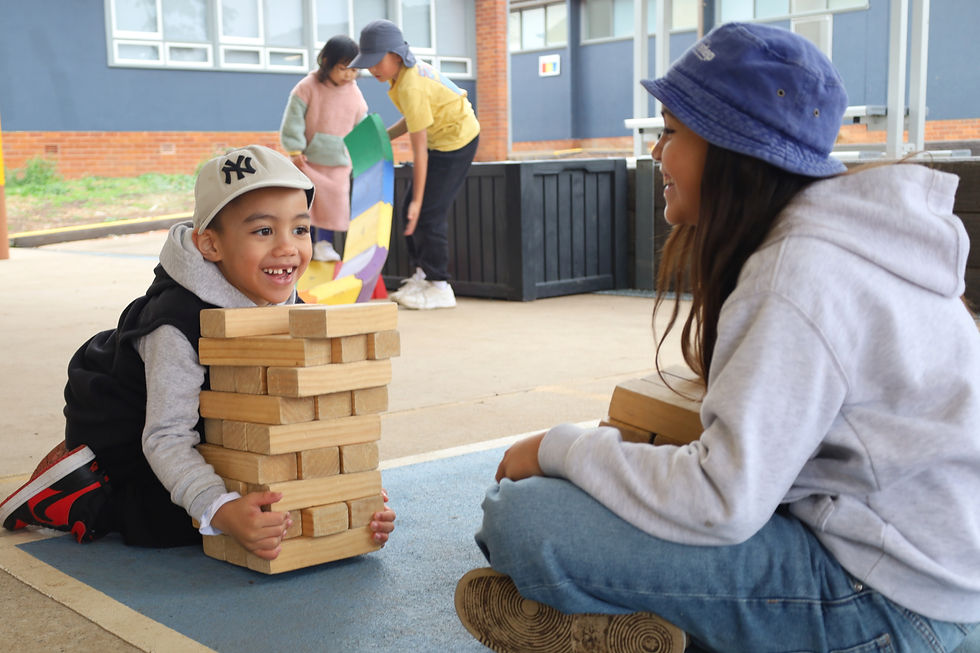Community First Step’s Youth Drop-In Centre: The Importance of Third Places for Young People
- Community First Step

- Apr 22
- 3 min read
For young people aged 12 to 24, life can often revolve around a cycle of home and school, university, TAFE, or work. Without spaces to unwind, connect, or just be themselves, this routine can lead to feelings of isolation, disconnection, or even burnout. This is where a third place becomes essential – a space that offers social connection, leisure, and a sense of belonging.
What is a third place, and why does it matter?
The term “third place” refers to spaces outside of home (the first place) and study or work (the second place) where people gather informally. These can include libraries, skate parks, gyms, community centres, and cafes – they are public or semi-public spaces that allow people to socialise, relax, and build community.
For young people, third places play a vital role in shaping identity, developing confidence, and creating social bonds that support mental wellbeing.
Why do third places matter for adolescents and young adults?
For young people living in disadvantaged areas, like South West Sydney, access to affordable spaces can impact greater aspects of life, such as education and employment. In the Fairfield LGA, 18% of young people (aged 15-24) are not engaged in education, employment, or training, compared to the NSW average of 9%.
With 40% of children in Fairfield lacking regular participation in social or recreational activities (compared to 20% statewide), the purpose of a third space is to offer an alternative to spending afternoons alone or online. It's a place where young people can connect face-to-face, build friendships, and engage in meaningful interactions after school (McClean & Hicking, 2024; Miranti et al., 2024).
A local third place: inside our Youth Drop-In Centre
Community First Step operates a free Youth Drop-In Centre for young people aged 12-24, Monday to Thursday between 3pm and 6pm at the Fairfield Youth & Community Centre. Our centre offers a safe, welcoming space for young people to spend time after school. We have a wide range of activities including basketball, soccer, volleyball, chess, pool, and table tennis are available each afternoon. These are run by our team of dedicated Youth Support Specialists, who are also available for homework help, guidance, and a friendly chat.
What young people are saying
When asked what they would be doing if they were not at the Youth Drop-In Centre, one student said, “Probably gaming,” while another replied, “Talking to my friends online.”
When asked how coming to our drop-in centre has helped them connect with others or feel more confident, one young person said:
"It's given me something to do and somewhere to be after school. I see my friends in person more often, we have something to do together".
This highlights how valuable third places can be – offering young people an opportunity for more face-to-face social interaction, meeting new people, and building connections beyond their usual circles.
At the heart of the Youth Drop-In Centre is the belief that young people thrive when they feel seen, supported, and socially connected. It is more than just a youth facility – it’s a third place where confidence, community, and friendship grow.
Learn more about our Youth Drop-In Centre and how we support young people.
References
McClean, T., & Hicking, V. (2024). Child Social Exclusion in Fairfield. Allowing children to belong.
Miranti, R., Freyens, B., Vidyattama, Y., Tanton, R., & Rukh Shakir, G. (2024). Child Social Exclusion Index: Paving the Way to Improved Child Wellbeing.




